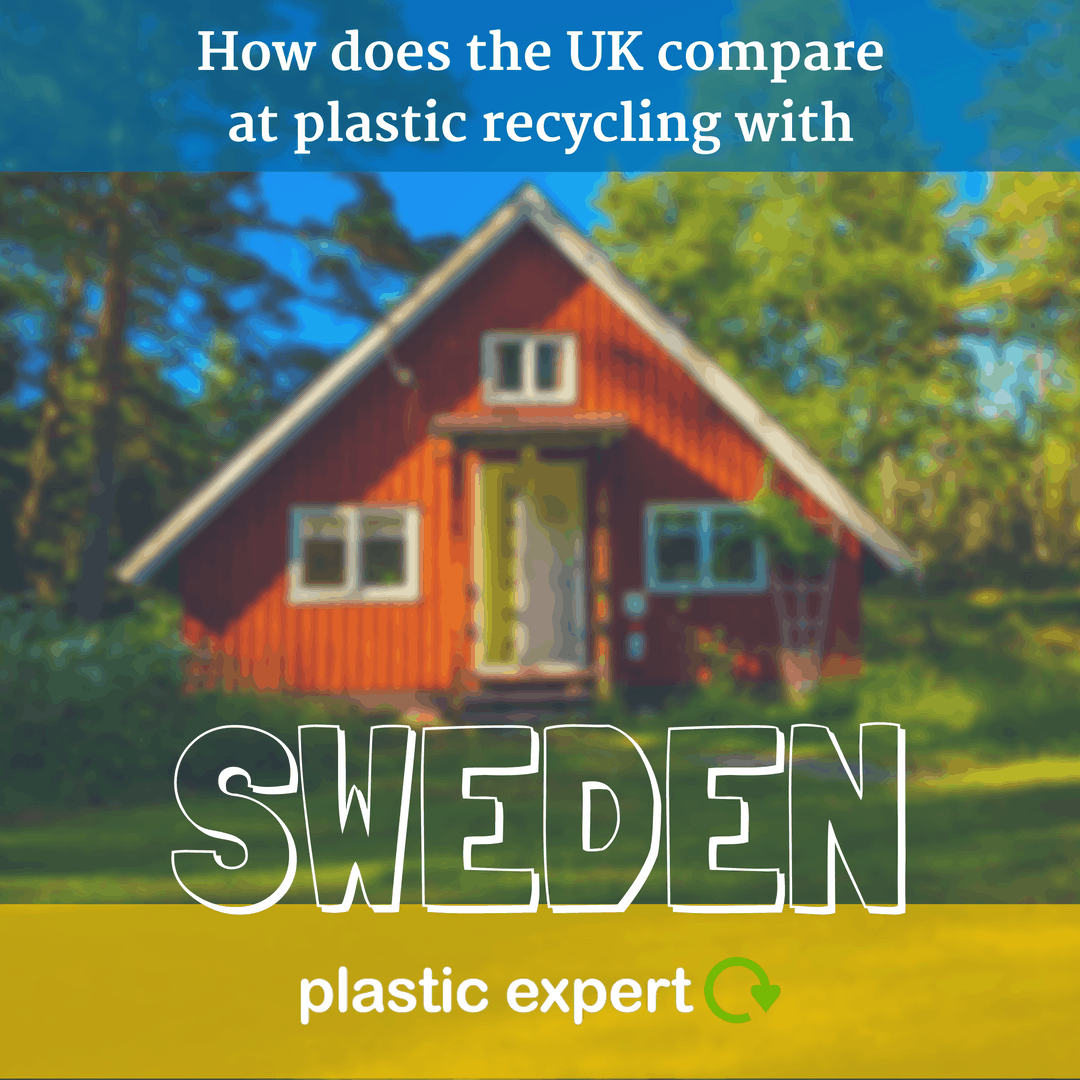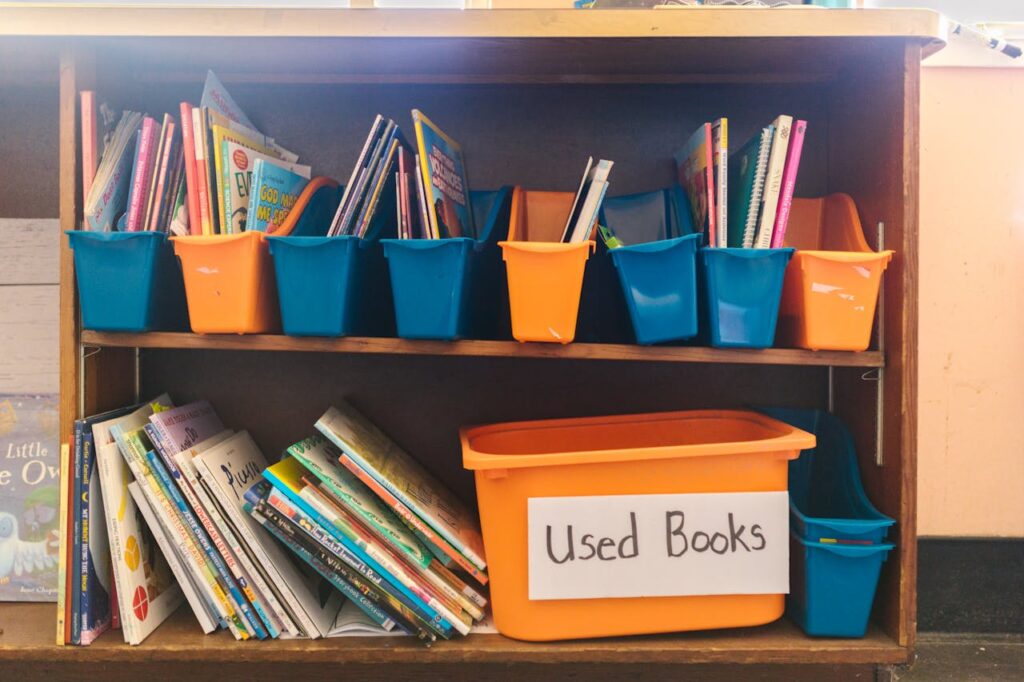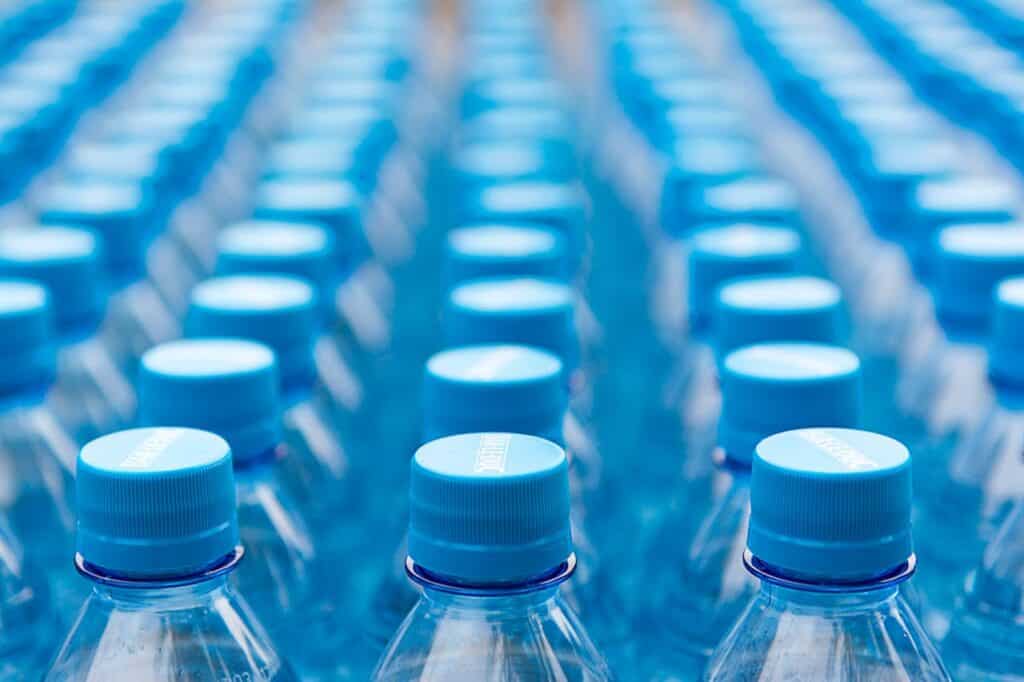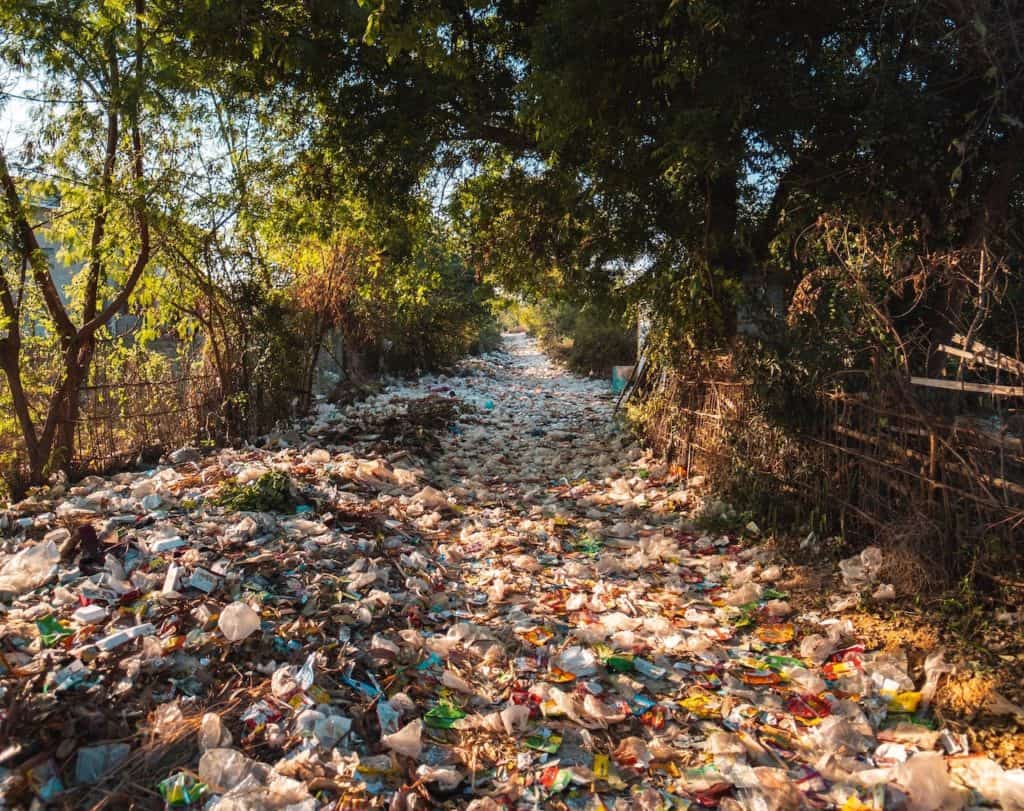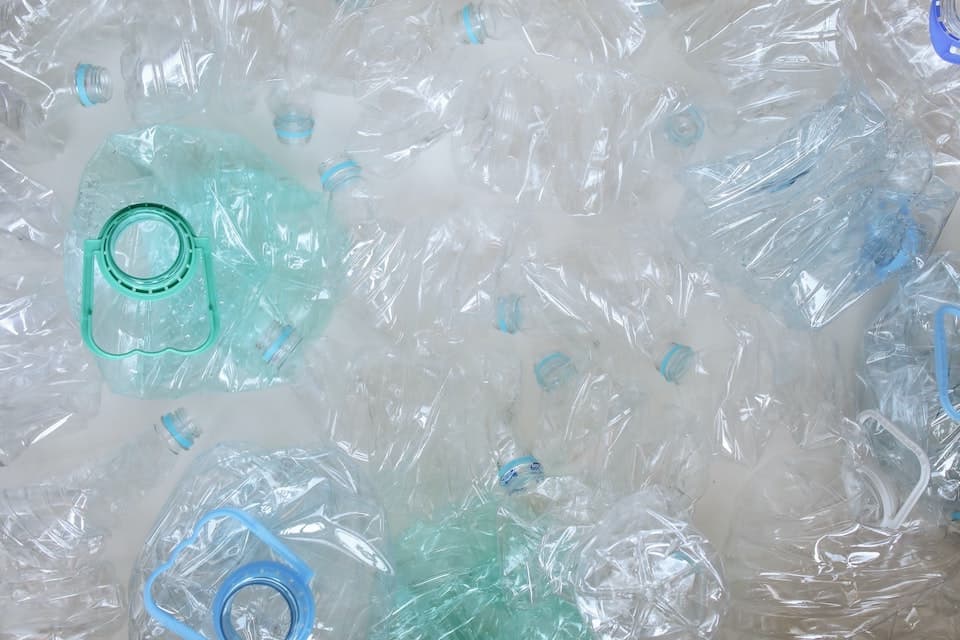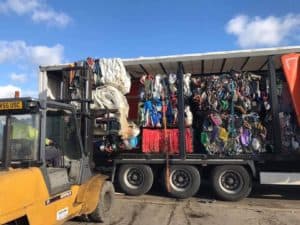One of the greatest immediate challenges for the European Union is to find a way of dealing with the overwhelming use of plastics, their disposal and consumer mentalities about recycling and reuse. Plastic products are necessary to everyday life, and over the years have moulded the markets of both Sweden and the UK. Our food is packaged in it, our clothes are made from it, our phones are created using it and we use it to drink and eat from.
Can we create sustainable alternatives, or find a way to reduce the serious negative impacts that a life reliant on plastic causes?
The approaches in Sweden and the UK have been very different since the EU demanded nations be more dedicated to reducing plastic waste. In the UK, it’s easy to point your figure at exactly where our recycling efforts are coming to a standstill: landfills. We are responsible for sending more than half of our waste to landfills, with the rest being recycled or incinerated.
In Sweden, their approach to recycling is almost anti-landfill by nature. Less than 1% is going to landfills and the rest is either recycled or burnt for energy (in one of their 32 waste-to-energy plants), in a pretty even split. Even more importantly, Sweden tackles the problem at source, and has huge prevention campaigns to stop so much plastic entering the waste stream. Then, it encourages people to reuse as much as they can and not be wasteful or flamboyant. Landfill is the real last straw for the Swedes, as an astounding 1% figure shows. If you consider that included in that 1% is the ash created from burning some of their waste too, you realize just how little actual rubbish goes to landfill.
Sweden’s sweet success
Sweden can attribute some of its recycling success to its citizens, who took on board all they had to say and adapted very well. In response to the Swede’s request for making recycling easy, the government installed thousands of recycling stations all over the country, and none more than 300 meters from a residential area, as a rule. Much of the material that is collected, sorted and recycled is used for projects within Sweden, such as construction, and is used within the walls of buildings to provide strength and reinforcement.
It made international news when Sweden began importing general waste from around the world, as they had reached a stage where their recycling and waste management was so efficient that they needed more rubbish to keep their workers busy. This rubbish, much of which they receive for free, or are paid to take away, is incinerated and used to provide energy for the country. The waste comes mainly from four sources, including Italy, Norway, Ireland, and surprise, surprise, the UK! It is some problem we have got ourselves into that we have so much waste being produced that we have to ship it off or bury it, rather than re-educate citizens on best practice.
With a land mass nearly double the size of the UK, and a population one sixth of the size, Sweden feasibly could have landfilled most of their waste and gotten away with it, so it’s testament to their character as a nation that they have come to set the precedent for recycling and waste management around the world.
To answer the question set at the beginning, ‘Can we create sustainable alternatives, or find a way to reduce the serious negative impacts that a life reliant on plastic causes?’ it has to be said that no attempt or process will act as a quick fix, and that any change will happen gradually and over generations. It must be commented that the UK is doing everything within their ability (budget) to educate people, to encourage businesses to recycle more, and to create incentives and reasons for recycling. From our perspective, if recycling is to increase, it must become more financially lucrative, and so initiatives that increase the demand for UK based recycled plastic must be introduced over time. More demand will improve prices and then more recycling will occur and the two will work in tandem until we have a recycling rate to really be proud of.
Find out how the UK compared with

